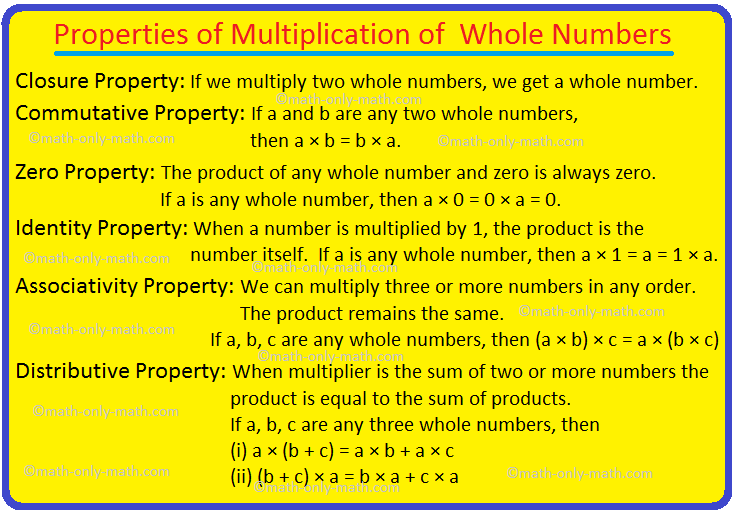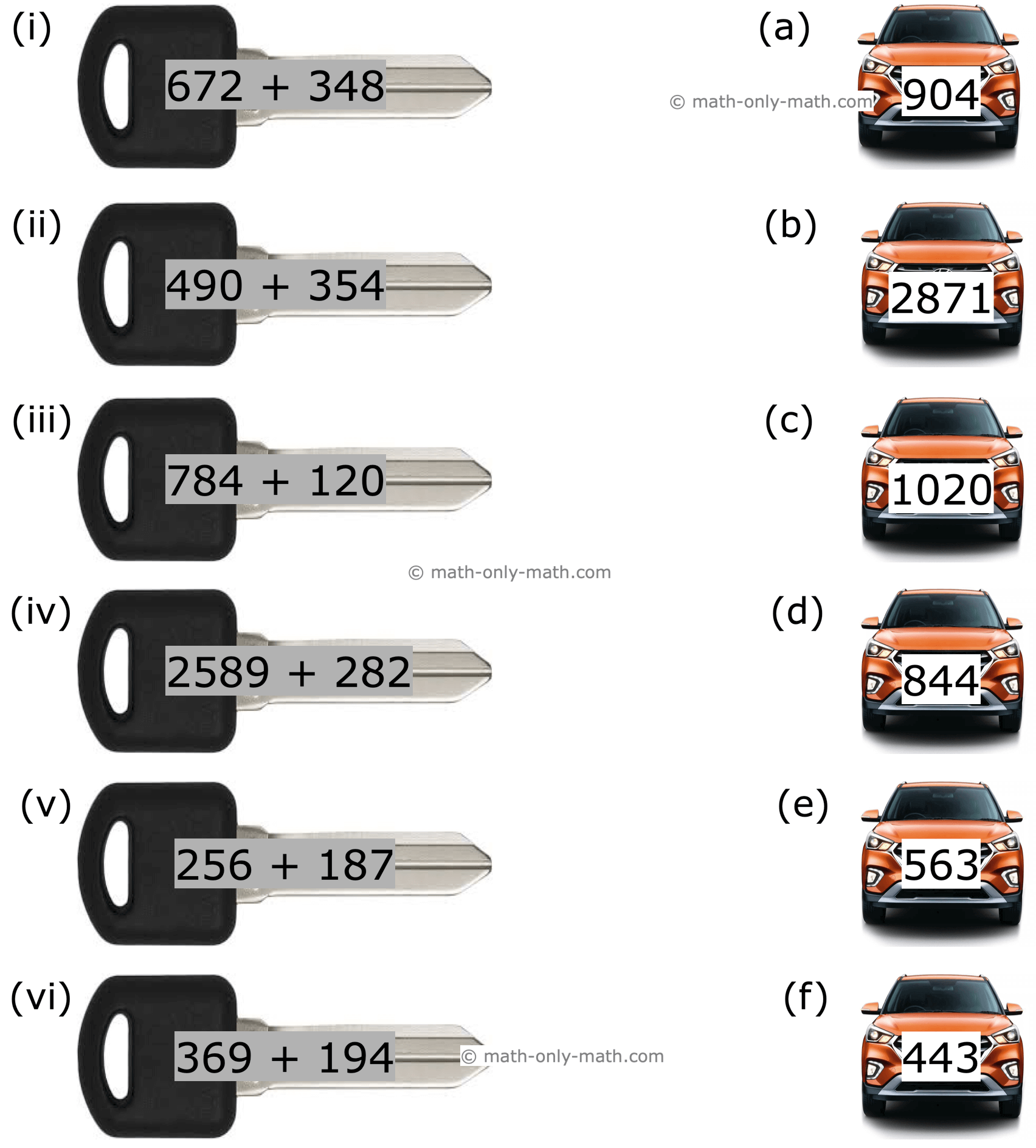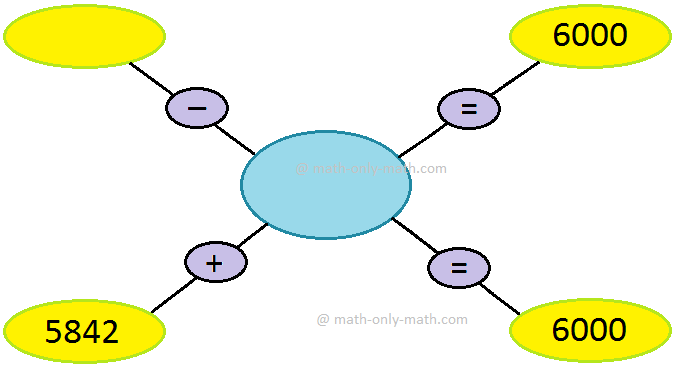Class Interval
In order to express raw data in the form of grouped data we use classes (or class intervals) for the values of the variables.
Depending upon the method of grouping data, class intervals can be divided into two categories.
(i) Overlapping Class Intervals: If the values of a variable in a collection of data are positive integers less than 50, we can group the data in five overlapping class intervals: 0 – 10, 10 – 20, 20 – 30, 30 – 40, 40 – 50. These are the groups of values of the variable. In case of overlapping intervals, 0 – 10 is the group containing the values of the variable that are greater than or equal to 0 but less than 10. Similarly, 10 – 20 is the group containing the values of the variable that are greater than or equal to 10 but less than 20.
(ii) Nonoverlapping Class Intervals: If the values of a variable in a collection of data are positive integers less than or equal to 50, we can group the data in five nonoverlapping intervals: 1 – 10, 11 – 20, 21 – 30, 31 – 40, 41 – 50. These are the groups of values of the variable. In case of nonoverlapping intervals, 1 – 10 is the group containing the values of the variable that are greater than or equal to 1 but less than or equal to10. Similarly, 11 – 20 is the group containing the values of the variable that are greater than or equal to 11 but less than or equal to 20.
1. The weights (in kg) of the teachers of s school are recorded as shown below.
60, 65, 63, 70, 65, 62, 65, 63, 64, 60, 68, 58, 62, 65, 63, 65, 64, 60, 62, 63.
If the collection of data be grouped into the class intervals 56 - 59, 59 - 62, 62 - 65, 65 - 68, 68 -71 then answer the following:
(i) What is the type of these class intervals?
(ii) Find the frequency of the class interval 59 - 62.
Solution:
(i) These are overlapping class intervals.
(ii) 3 (Since only 60, 60, 60 fall in this class).
2. The weights (in kg) of the teachers of s school are recorded as shown below.
60, 65, 63, 70, 65, 62, 65, 63, 64, 60, 68, 58, 62, 65, 63, 65, 64, 60, 62, 63.
If the collection of data be grouped into the class intervals 56 - 59, 60 - 63, 64 - 67, 68 - 71 then answer the following:
(i) What is the type of these class intervals?
(ii) Find the frequency of the class interval 59 - 62.
Solution:
(i) These are nooverlapping class intervals.
(ii) 7 (Since only 64, 64, 65, 65, 65, 65, 65 fall in this class).
3. The following are the marks obtained by 20 students of a class:
61, 62, 65, 65, 62, 70, 62, 70, 75, 72, 70, 60, 80, 85, 63, 85, 67, 80, 75, 65.
Prepare a frequency table by taking class intervals
(i) 60 - 65, 65 - 70, etc.
(ii) 60 - 65, 66 - 71, etc.
Solution:
(i)
Class Interval
(Marks Obtained)
Tally Marks
Frequency
65 – 70
////
4
70 – 75
////
4
75 – 80
//
2
80 - 85
//
2
85 - 90
//
2
Total
20
(ii)
Class Interval
(Marks Obtained)
Tally Marks
Frequency
66 – 71
////
4
72 – 77
///
3
78 – 83
//
2
84 - 89
//
2
Total
20
From Class Interval to HOME PAGE
Didn't find what you were looking for? Or want to know more information about Math Only Math. Use this Google Search to find what you need.
Recent Articles
-
Properties of Multiplication | Multiplicative Identity | Whole Numbers
Jan 15, 25 12:08 AM
There are six properties of multiplication of whole numbers that will help to solve the problems easily. The six properties of multiplication are Closure Property, Commutative Property, Zero Property… -
Multiplication Table | Learn Tables from 0 – 25 | Multiplication Table
Jan 14, 25 11:53 PM
In math multiplication table we will learn the tables from 0 – 25. These multiplication tables help the students to learn the essential multiplication facts. Multiplication tables are very important f… -
3rd Grade Math Worksheets |3rd Grade Math Sheets|3rd Grade Math Lesson
Jan 14, 25 11:02 PM
3rd grade math worksheets is carefully planned and thoughtfully presented on mathematics for the students. Teachers and parents can also follow the worksheets to guide the students. -
3rd Grade Subtraction Worksheet | 3-Digit Subtraction Worksheets | Ans
Jan 14, 25 01:57 PM
In 3th Grade Addition Worksheet we will solve how to subtract 3-digit numbers by expansion, subtraction of 3-digit numbers without regrouping, subtraction of 3-digit numbers with regrouping, propertie… -
Facts about Subtraction | Subtraction of Small Numbers|Solved Examples
Jan 14, 25 12:29 AM
The operation to finding the difference between two numbers is called subtraction. Let us know some facts about subtraction which will help us to learn subtraction of large numbers. 1. Subtraction wit…





New! Comments
Have your say about what you just read! Leave me a comment in the box below. Ask a Question or Answer a Question.